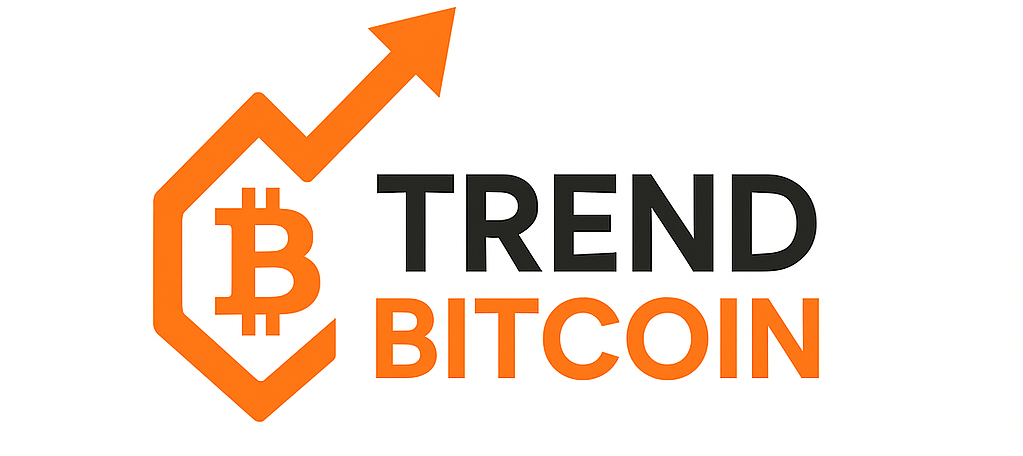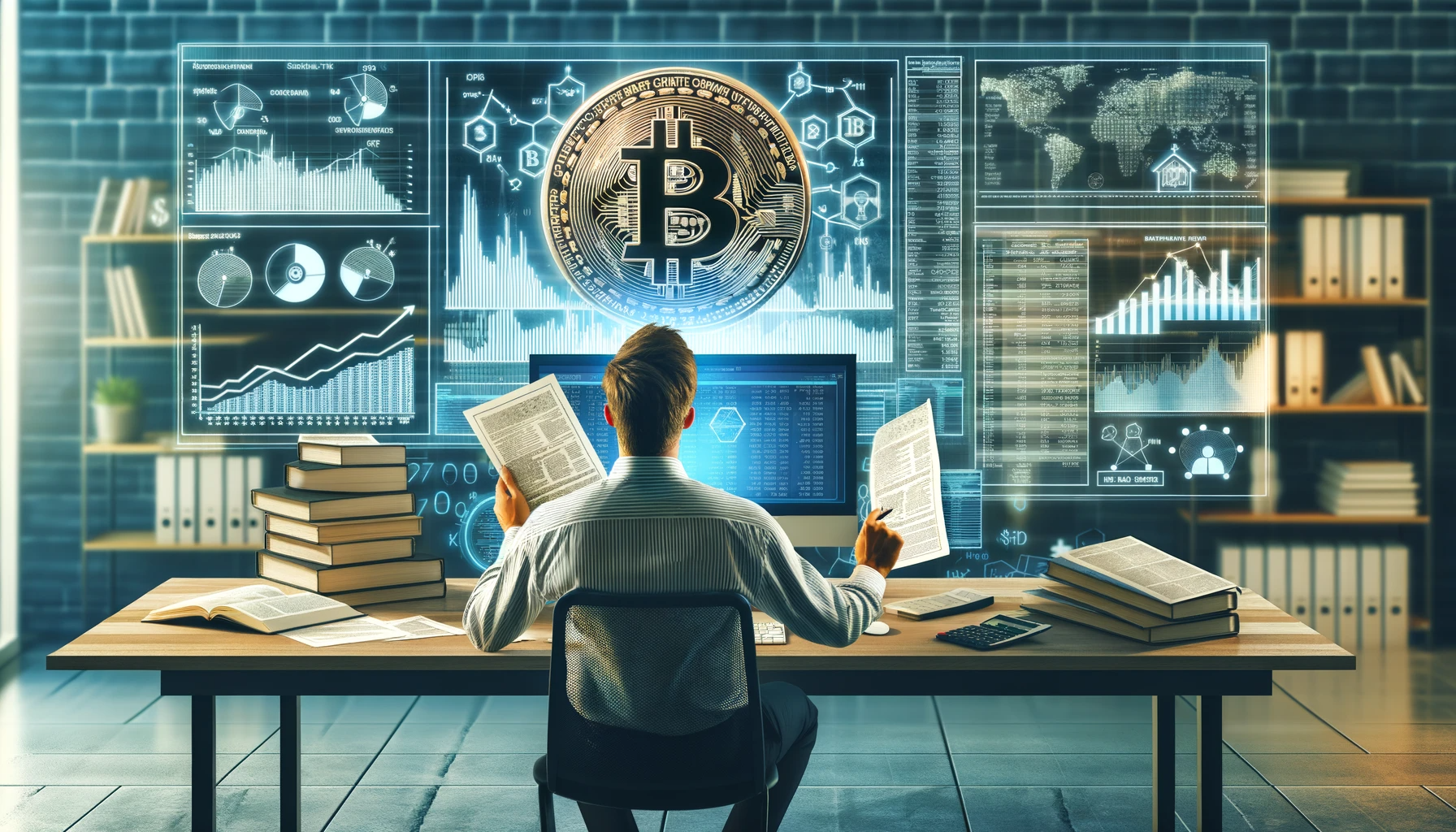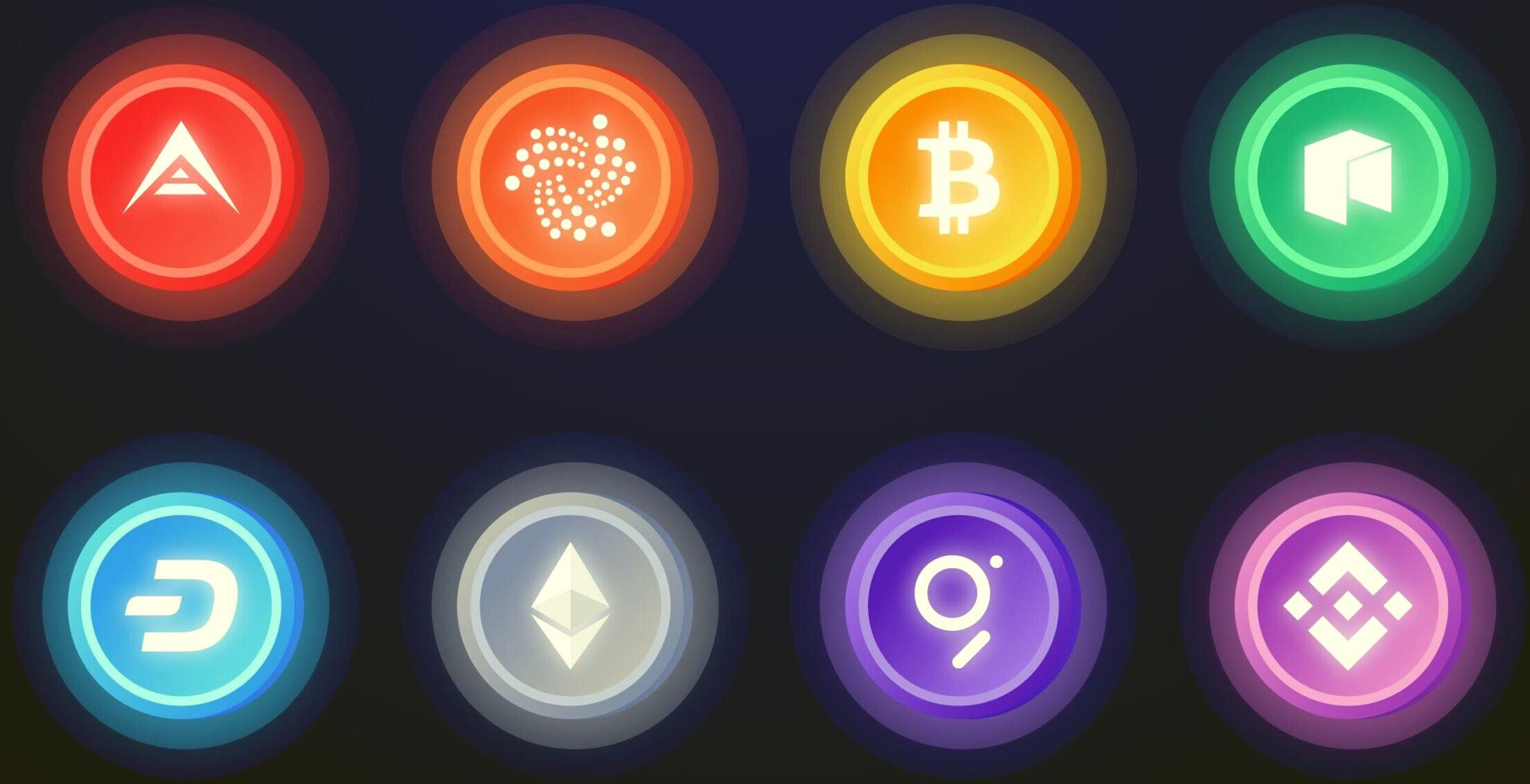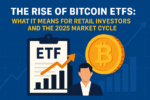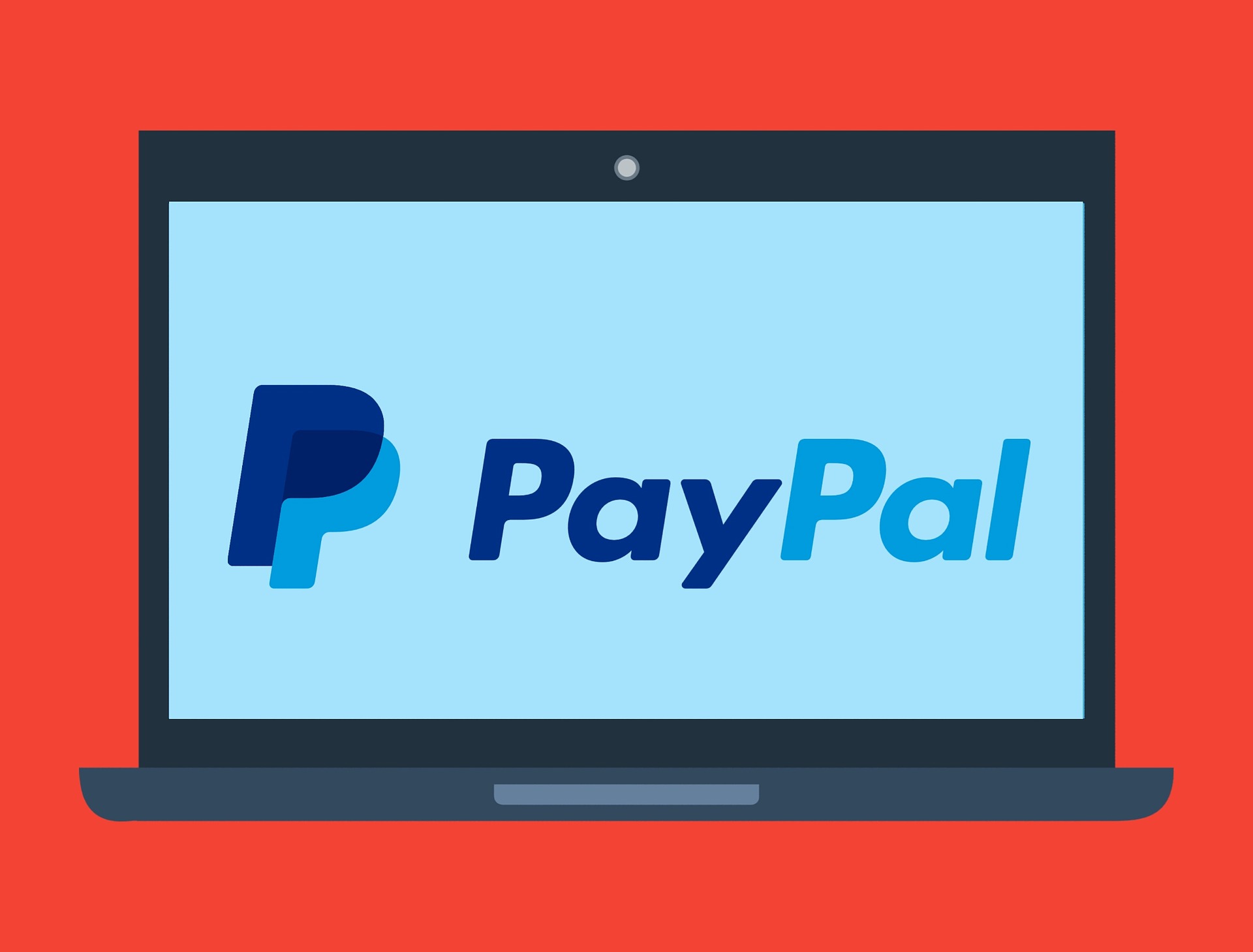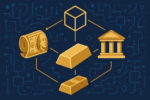NFT means Non-Fungible Token; what is “non-fungible”? Non-fungible implies something unique and something that can’t be replaced with something else.
For example, bitcoin is a fungible token, you can trade one bitcoin for another one, and you will have precisely the same thing; similar to money, you can exchange $20 for 2 $10 without losing or changing value. On the other hand, a one-of-a-kind trading card is non-fungible; if you trade that card for a different card, you will have an additional item, each card is unique.
How do NFT’s work?
NFTs are units of data stored on a blockchain digital ledger. Each non-fungible token acts as a certificate of authenticity, showing that a digital asset is unique and not interchangeable. An NFT can never be changed, never be adjusted, and never be stolen, thanks to the principles of cryptography that make the blockchain unique.
non-fungible tokens vs. cryptocurrency
It’s crucial to outline the distinction between cryptocurrency and non-fungible tokens. Although both are based on blockchain technology, the fundamental differences can help us understand how NFTs work.
The key difference goes back to cryptocurrency being fungible. You can exchange a Bitcoin for another Bitcoin, for example. However, you cannot do so for an NFT. A non-fungible token is tied to one particular digital asset and cannot be replaced.
What can NFT’s be used for?
Although the NFT concept is new and early, several potential uses have already been identified.
Events Tickets
If tickets are created using non-Fungible tokens, if you exchange that ticket, there is a record of that exchange on the network. Therefore, there wouldn’t be a chance someone scalping tickets, stealing, or using counterfeit tickets. This is due that you can’t replace that ticket on the blockchain; each ticket is unique.
Fashion
One of the significant challenges that fashion brands face is counterfeit products. NFTs could help solve these problems by creating a digital record of authenticity for each product. For example, luxury items could have an NFT attached to them, showing that they are authentic.
Collectables
NFTs can provide a seal of authenticity to collectibles items, such as memorabilia, trinkets, and other similar items.
Gaming
NFTs could provide gamers with a way of owning unique in-game items. Whether for fun, authenticity, or in a competitive nature, such tokens can power in-game ecosystems.
How to create an NFT?
If you are a digital artist, you might be interested in creating NFTs of your work.
Step 1: Pick the item.
The first thing you need to do is pick the artwork. NFTs can represent any digital file (digital painting, a text, a piece of music, a video)
Step 2: Create a wallet and have some Ether
You can make NFTs on different blockchains, but for the sake of simplicity, we’ll consider you’re going to use Ethereum. That’s the most popular one, and the most prominent NFT marketplaces support it. You will need to have a digital wallet with some Ether; the minting process can cost you some.
If you mint your NFT on OpenSea, though, the process is free because of the type of token the platform will create, but you still have to connect a wallet to create an account.
Step 3: Choose a Marketplace
The most popular ones are Mintable, Rarible, or OpenSea.
Step 4: Create the NFT
Once you’ve connected the ETH Wallet to OpenSea, you can go on and create your first NFT. Click on Create in the top menu and create a collection. Fill in all the information needed, then save. Now you’re ready to start the actual minting process of a new NFT. Click on New Item, load your artwork, and give all the details you want about it. Once you’re ready to pull the trigger, click create.
Congratulation, you’ve successfully created a token!
